Paul McKnight On The Importance Of Appreciating The Simple Things
NSW based artist, Paul McKnight, worked as an art teacher for many years before pursuing life as an artist. During his time teaching, he found that he rarely had the desire to paint after a long day of doing just that with his students. He explains that “when you’re working with students all day, the last thing you want to do when you get home is the same thing you’ve been doing with them all day.” Back then, he channelled his creative energy into gardening and cooking. It’s only since retiring in the late 1990s that he has found the time to paint.
Growing up, Paul’s family moved from regional NSW to Sydney, where he studied Fine Art and Archeology at Sydney University. He later settled close to the rural area of his early childhood, and continues to work out of his Grenfell studio to this day. Since retiring, Paul has devoted the majority of his time to his art practice. He is “mostly self-taught, apart from 6 months tuition going through university and teachers college.”
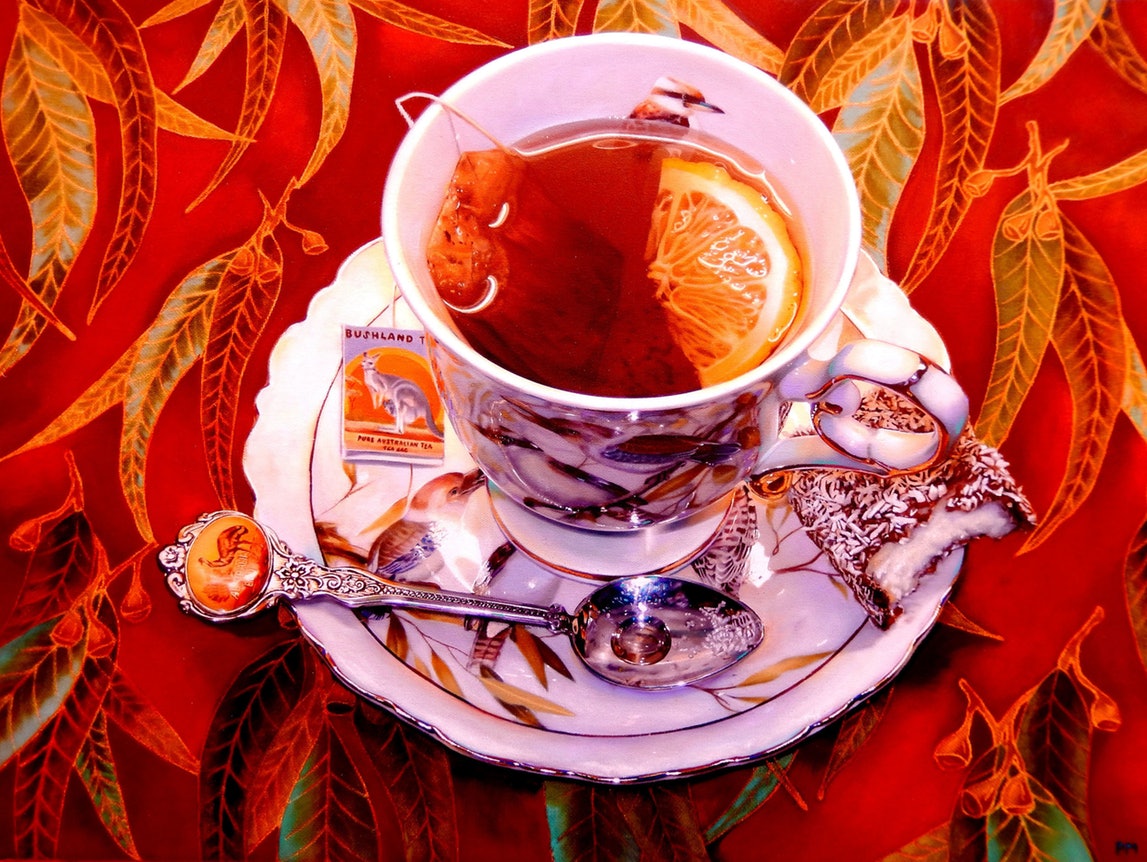
Kookaburra’s and Lamingtons #1 from Paul’s Australiana series
When it comes to Paul’s art style, he is drawn to masses of pattern. For Paul, “my mantra is not less is more – it’s more is not enough!” He often layers pattern upon pattern when composing his works, with detailed tablecloths, intricate china and even flowers and fruit floating in the tea.
“The two things that influence me most in my paintings are pattern and colour. Especially Islamic pattern and the patterns in ethnic textiles. I love spending a lot of time overseas in souks and bazaars to find that special piece of fabric that I can use in the backgrounds of my paintings as a tablecloth.”
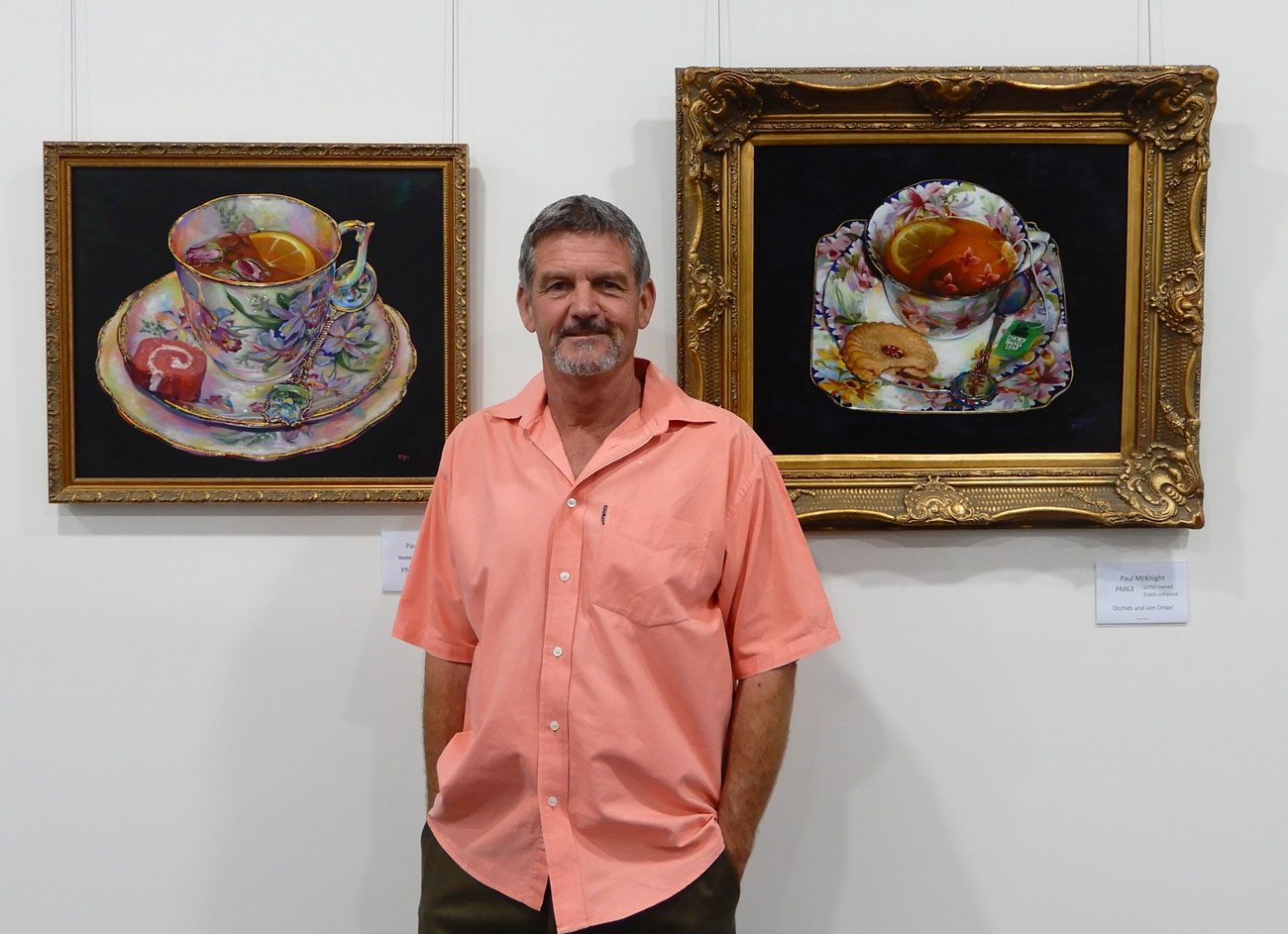
Paul with some of his works in the Grenfell Art Gallery.
Paul prefers to use oil paints when completing his pieces. He finds that this medium allows him to perfectly capture the translucency of the tea. “I like to get that luminosity and translucence, and I find that oil is the only medium I can successfully do that with.” He’s also drawn to the smell of all the mediums that are associated with oils.
Each of Paul’s immensely intricate works takes several weeks to complete. They “can take anywhere between 6 to 12 weeks to complete, and therefore I don’t have a great output per year.” He finds this pace somewhat limiting when it comes to exhibitions and prizes. “It’s usually 2 years before I can put my work out there, as I need to hold it back if I want to enter it in anything.”
Paul’s teacups are greatly inspired by his childhood memories of his grandmother. “I have great memories of an afternoon at Nanna’s house when I was 10 years old. We were cooking in the kitchen and she said ‘why don’t you make some cakes to enter in the local show?’ So I thought, ok. I made a banana cake and an orange cake, and I finished up winning first prize with the banana cake and second with the orange cake. I still make a lot of cakes, biscuits and slices from scratch that I’ve used in my paintings.” Indeed, he began painting them when she moved into a retirement village and bequeathed her crockery and table linen to him. “She gave me a lot of her porcelain and lace and doilies and things and because she was such an important influence in my life, I thought I’d pay homage to her and try and use these items to develop my art in a new direction.”
Initially, Paul’s teacup works were much more simple, featuring the tea setting on a plain black background. “After that, I was a bit stumped as to where I could take it to, and one day I hit upon the idea of doing a series on Australiana.” The challenge with this series was finding Australian-themed porcelain. “Then the hunt was on to find the spoon that I wanted to use, with the interesting badge.” Everything in these paintings was Australian themed – from the fabric to the porcelain to the classic Aussie biscuits perched on the saucer.
“My painting – it is what it is. What you see is what you get. There’s no moral, social, political or religious commentary in it. It’s just a celebration of the joy of a moment in time. Something special, something different. Fleeting.” That being said, his work is “a bit of a reaction to the prevalence of technology in society and in our lives where people seem to obsessed with the screen and not taking the time to enjoy the simple things in life.”
It was an advertisement for Bluethumb’s Art Prize that drew Paul to using the website. He signed up and entered the prize, and was stoked to get the email announcing he was a semi-finalist in the 2018 prize. Even more exciting was finding out that he made the top 30 finalists – a huge achievement! His work was greatly admired on the night and sold within days of the exhibition’s opening. When he found out about being made a finalist, his reaction was a stunned “woah… this is good.”
Paul has found that using Bluethumb has helped to counteract the downfalls of living in a rural area. The platform has helped increase his profile and reach across Australia.

Paul was a finalist in the $20k Calleen Art Award this year
“My favourite part of being an artist is being my own boss, basically. I can work when I want to, and if I don’t want to work, I don’t have to.” Paul says he’s “pretty diligent about being in the studio.” He works 6 days a week, often painting from right after breakfast until about 4 in the afternoon. He’s not shy about discussing the tougher aspects of being an artist either – “there’s the price of materials, the self doubt and the perception that your life is an easy one of simply creating when the mood strikes.”
Overall, Paul has had a great start to the year. Aside from being a Bluethumb finalists, he also won the Tumut Art prize earlier in 2018 with his piece, Narcissus on Turkish Embroidery. In the future, he hopes to continue on this trajectory, but will mostly focus on creating more especially high quality works. His philosophy when it comes to prizes is that “if it happens, then it happens.”


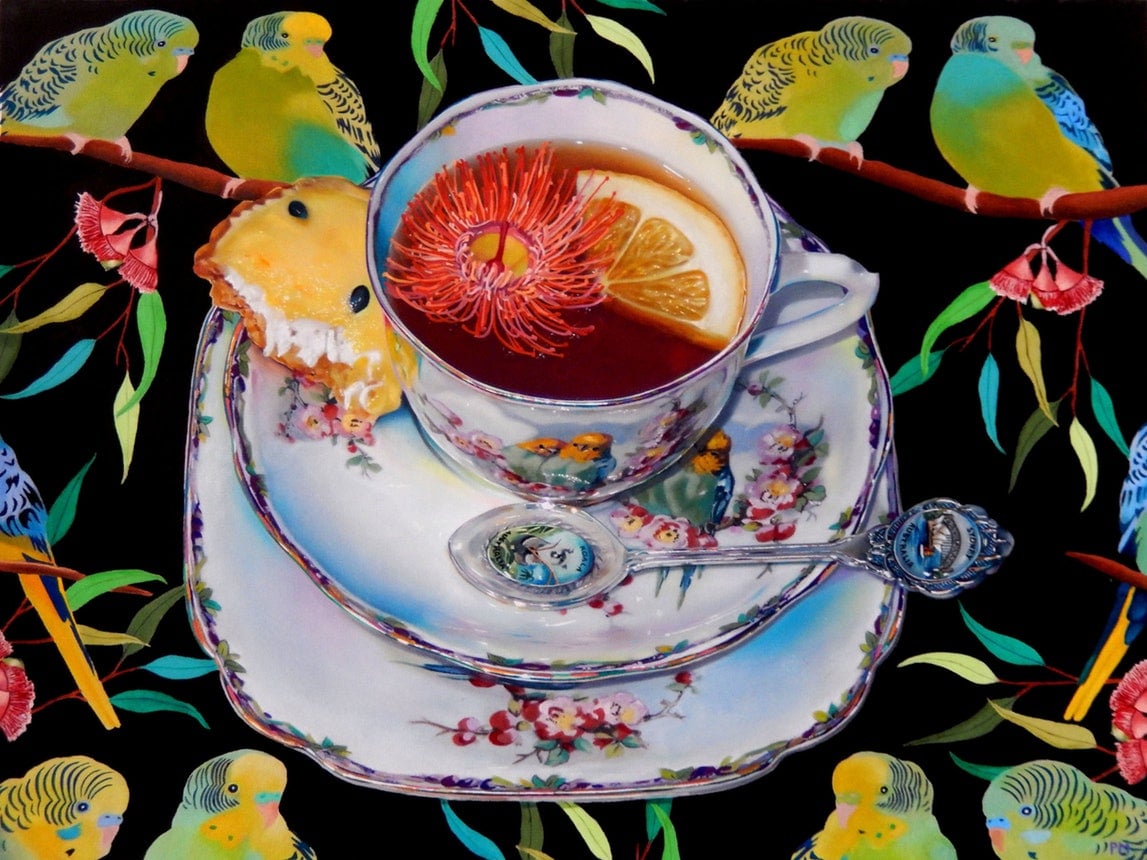

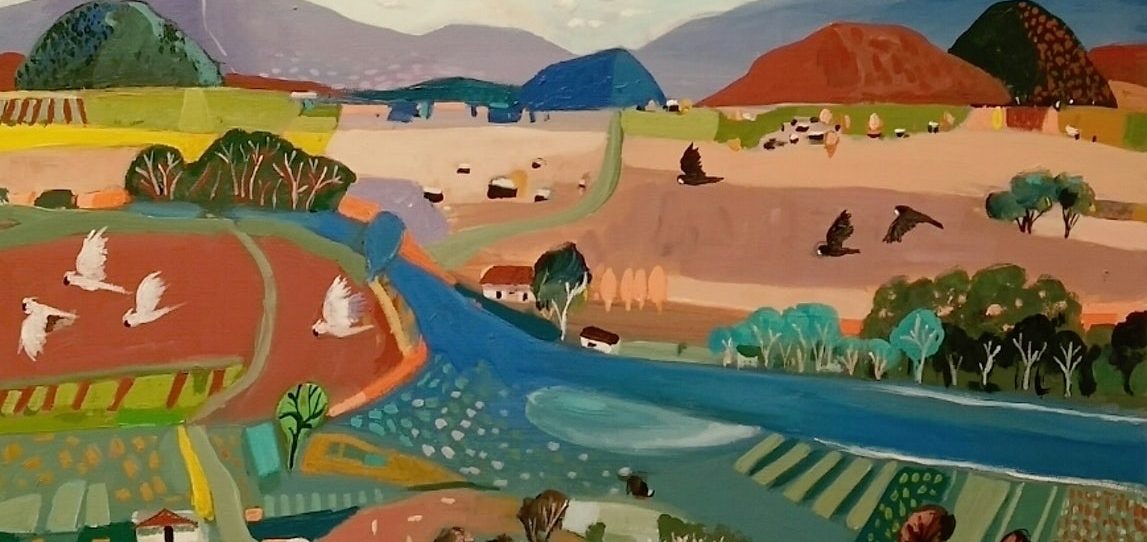
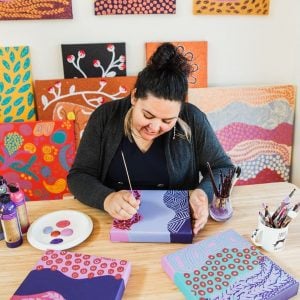

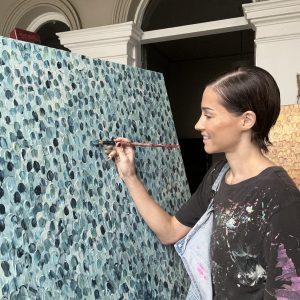
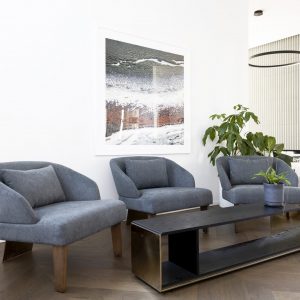
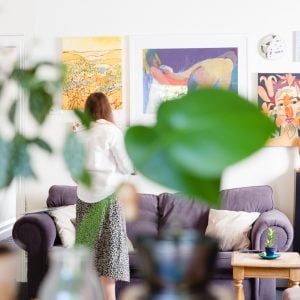






Your paintings are stunning. One of my friends here in Canberra uses Bluethumb and this hass really sent her on the path to success. All the best.